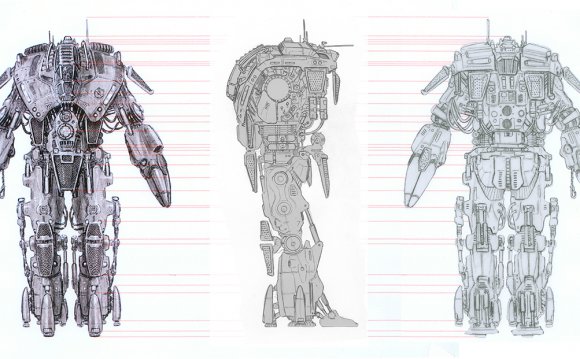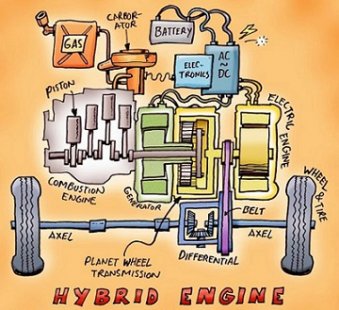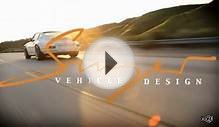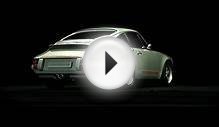
 Hybrid engine schematic.
Hybrid engine schematic.
Summary
Through four lessons and four hands-on associated activities, this unit provides a way to teach the overarching concept of energy as it relates to both kinetic and potential energy. Within these topics, students are exposed to gravitational potential, spring potential, the Carnot engine, temperature scales and simple magnets. During the module, students apply these scientific concepts to solve the following engineering challenge: "The rising price of gasoline has many effects on the US economy and the environment. You have been contracted by an engineering firm to help design a physical energy storage system for a new hybrid vehicle for Nissan. How would you go about solving this problem? What information would you consider to be important to know? You will create a small prototype of your design idea and make a sales pitch to Nissan at the end of the unit." This module is built around the Legacy Cycle, a format that incorporates findings from educational research on how people best learn. This module is written for a first-year algebra-based physics class, though it could easily be modified for conceptual physics.
Engineering Connection
Alternative energy sources, particularly within the realm of transportation, are a hot topic in the scientific and engineering communities. Achieving a design for a safe and efficient method of capturing the energy given off by a vehicle and transferring it into kinetic energy is of utmost importance. Throughout this unit, students apply the classroom-presented scientific concepts of energy conservation to the real-world problem of designing and implementing a system for energy transformation in vehicles.
Educational Standards
Each TeachEngineering lesson or activity is correlated to one or more K-12 science, technology, engineering or math (STEM) educational standards.
All 100, 000+ K-12 STEM standards covered in TeachEngineering are collected, maintained and packaged by the Achievement Standard Network (ASN), a project of JES & Co. (www.jesandco.org).
In the ASN, standards are hierarchically structured: first by source; e.g., by state; within source by type; e.g., science or mathematics; within type by subtype, then by grade, etc.
Click on the standard groupings to explore this hierarchy as it applies to this document.
- Develop and use models to illustrate that energy at the macroscopic scale can be accounted for as either motions of particles or energy stored in fields. (Grades 9 - 12) [2013] ...show
Unit Overview
The design uses a contextually based "Challenge" followed by a sequence of instruction in which students first offer initial predictions ("Generate Ideas") and then gather information from multiple sources ("Multiple Perspectives"). This is followed by "Research and Revise" as students integrate and extend their knowledge through a variety of learning activities. The cycle concludes with formative ("Test Your Mettle") and summative ("Go Public") assessments that lead the student towards answering the Challenge question. See the unit overview section for the progression of the legacy cycle through the unit. Research and ideas behind this way of learning may be found in How People Learn, (Bransford, Brown & Cocking, National Academy Press, 2000). View the entire text at . The legacy cycle is similar to the engineering design process in that they both involve identifying a societal need, combining science and math to develop solutions, and using the research conclusions to design a clear conceived solution to the original challenge. Though both the engineering design process and legacy cycle depend on a correct and accurate solution, each focuses particularly on how the solution is devised and presented. See an overview of the engineering design process at .In Lesson 1, students are presented with a Challenge Question: "The rising price of gasoline has many effects on the US economy and the environment. You have been contracted by an engineering firm to help design a physical energy storage system for a new hybrid vehicle for Nissan. How would you go about solving this problem? What information would you consider to be important to know? You make a small prototype of your idea and make a sales pitch to Nissan at the end of the unit."
Students begin by Generating Ideas in a journal, answering questions such as, "How does the internal combustion engine currently work?" and "How do current hybrids work?" and "What other forms of energy are available?"
RELATED VIDEO












